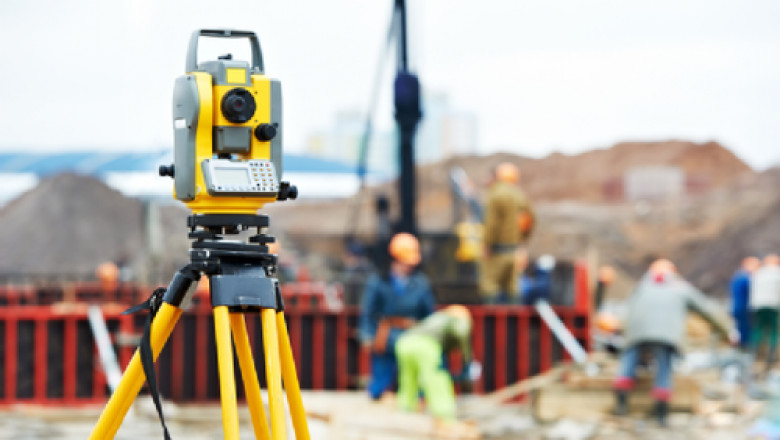views

Surveying is an important aspect of many fields. From construction to cartography to scientific research, being able to accurately map land and/or recreate a plan on that land is essential. This cannot be done accurately and precisely without the application of instrument-based land surveying. Understanding the basics of theodolites, compasses, total stations and more will help you to better understand and apply land survey.
Compass Traversing
This survey method uses a combination of a compass, survey poles and measuring tape to accurately plot features. It is ideal for linear plotting of long, narrow features or to delimit areas of interest. The process starts with a known, easily identifiable point and plots angles and distances relative to that point.
Offsetting
This method of land survey uses distance measuring and a surveyor’s chain. The chain is placed along a straight line, typically one that has been identified with compass traversing. Features can then be measured based on their offset from the chain. This is a useful way to add additional fine detail to existing survey data.
Leveling
With this technique, surveyors can gain information about the relative heights and locations of different features. This can be done using survey levels, theodolites or total stations. The process is simple: from a point, aim the instrument at a graduated survey staff. By leveling the view, the relative height can easily be found.
Slope Profiling
Slope profiling is similar to leveling in that it gathers information about non-level terrain. However, it is focused primarily on measuring the angle of the slope. Two surveyors take up their positions at different parts of the slope. Using levels, they both determine the angle of the slope relative to the pull of gravity. This can be used to easily plot sloped features.
Total Station Surveying
A total station allows many of the above forms of surveying with a single tool. It includes precise, multi-directional angle measurement, distance measurement and optics. In many cases, a single surveyor can gather substantial information while working alone. Many total stations, as well as digital theodolites, are able to store survey data digitally. Thus, they make it easy to quickly capture and retain data.
GPS Surveying
Finally, some land surveying is done using the Global Positioning System. This is similar to satellite-based navigation on your phone or in your car. It uses data from a network of 24 satellites to accurately determine the location of the receiver. In this form of surveying, the land is plotted relative to the GPS rather than to a starting point. Thus, it can be used either alone (often for surveying large areas with relatively low detail) or in conjunction with the above methods.
Get Survey Equipment Today
Using these methods, you can effectively survey a piece of land. However, you will need the right tools. Engineer Supply has you covered for all types of surveying equipment. We have total stations, levels, staffs, compasses and more. You’ll find all the tools used for the above-described methods. Check out our catalog today to find everything you need to get the job done right.












